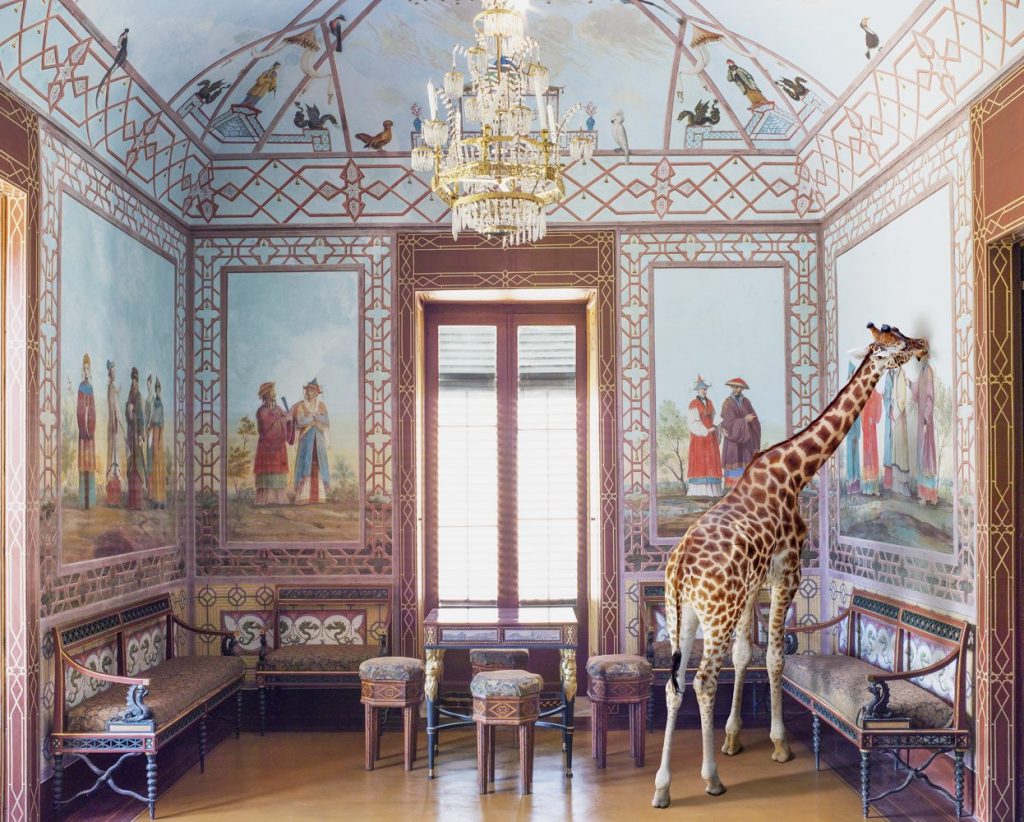Over the past week I have continued to develop relationships and links relating to my proposed FMP. The Thames Ward Community Partnership summit on Thursday provided the opportunity to make images to feed into the work of the group and to make contacts with community groups for project related work (eg. JustMap, Creekmouth Preservation Society, Shed Life and the New View Arts Project). My images were used in the visual presentation that ran during the evening. I also attended further Object Lesson sessions, including some work on writing about objects at the Grant Museum.
The webinar with Michelle helped me to think through how, over the course of this module, I might link these two strands of my work. In the exploration of the relationship between individuals and groups and changes that are taking place in their communities through regeneration, objects clearly have a part to play (both in exploring experiences and aspirations with participants, and in making images, and making artefacts from/for the images).

Karen Knorr’s Academies series (1994-2005) covers very similar settings to the university galleries and museums. She explores the dominance of the western aesthetic, whereas my interest is more in the roots of the collections in eugenics and colonialism, and the attempts to moderate (or even atone for) this through public engagement (for instance, in the use of the collections in social prescribing and other well-being related initiatives). One possibility would be to attempt to bring these different interests into the same visual space.

Knorr does this through digital manipulation in her most recent work (for instance, in the image above from the Metamorphosis series), though has in the past, as in the Academies series, used taxidermy (noting the effect that photographs appear to bring these animals to life, as Sugimoto observes in his waxwork and diorama series). The lighting of these settings is clearly key, and I want to look at the lighting used in 19th Century painting, from the period in which the museums were founded (Tom Hunter has explored painterly lighting schema, referencing Friedrich’s window motif through the use of the window as the principal source for lighting an interior, in his Persons Unknown series in Hackney).

This would form a link with the Riverside work through the issue of regeneration, place, identity and well-being. I want also to ‘reverse’ or mirror the settings, and make related images on the estate, reinforcing the link through objects, materiality and touch. This clearly relates to the material turn in photography discussed in relation to Squiers’ exhibition this week, and to my intention to work more with prints, not just digital images.
I’ve also been exploring Cornelia Parker’s use of photography, making a further link to materiality, but also to precariousness and experiment. I’ll post more about this and other artists, such as Danny Treacy, who work with both photographic images and artefacts, over the coming weeks.
